Overcrowding at SRHS: More Students, Fewer Teachers, More Problems
November 19, 2018
Increasing student populations across all demographics creates overflowing classes. According to the Education Data Partnership, in the 2009-2010 school year, the enrollment at San Rafael High School was 966 students. Within six years, the enrollment reached 1,294 students, a 34% increase.
SRHS has lost seven teachers over the past three years. All teachers hold a certain amount of FTEs (full time equivalency). The school’s administration chooses how to use the FTEs by allocating the amount of full-time and part-time teachers. They are units for how the teachers or staff wages and classes are calculated. Most teachers have an FTE value of 1.0, meaning that they teach 5 classes. This is the standard amount for most full-time teachers. The School Board’s approved budget does not provide enough funding for extra FTEs at San Rafael High School. Consequently, classrooms face overcrowding.
“We’ve received allocation cuts. Allocations means our district tells us how many sections were funded or allowed, and section directly correlate to the amount of the teachers we have,” said Mr. Oseguera, a SRHS counselor. These cuts mean less teachers and fewer classes. This problem can not be easily solved because the school does not have the ability to create more classes to suit the larger numbers or the funding to add teachers.
Asked if she had any overcrowded classes, SRHS senior Colette Berkenfield said, “I honestly don’t know if there are too many people but it feels like there is.” With 31 students in a 4th period Government class, there is little space that is not filled. Fewer and larger classes can make it harder for the teachers to control the class and for the students to stay focused.
Some freshman did not receive an elective. There were not enough classes offered. Some incoming students were told before the school year that they had seven classes, but when they received their schedules they only had six.
This problem comes from the school board. In an interview with Dr. Pitcher, the assistant principal of San Rafael High School, she said “There’s board policy, and so we can’t go over certain numbers.” The board only wants to have a certain number of students in a class. However, with the growing student population it is difficult to make the classes all under a certain amount.
Recently this amount of 25-30 students was changed to 30-35 students. However, the change to larger classes also affects the way they are taught and the ability of the teachers to maintain control.
Mr. Oseguera also stated that adding more students to classes creates a problem during hazardous situations like a natural disaster. Larger numbers of students make the teachers slower to respond to a dangerous situation.
More students also means more desks. Only a limited number of desks that can fit into one room. Once it gets beyond that amount it makes the classroom very small with little space to move.
Although the classes sizes are large at the moment, Mr. Oseguera said that “We’ve hit the bubble class.” He believes that enrollment numbers could potentially decrease over the next few years.
To fix the current problem, the school needs more funding for classes or to adjust the current funding to suit the needs of the growing school population.
One alternative to increased funding is a partnership with College of Marin. It is possible that they offer after school classes to students in order to complete all the classes they need. These classes could help solve part of the issue by taking away the overflow in class sizes and offering students the opportunity to take classes in a different environment.
Dr. Pitcher also mentioned Measure B. This measure refers to a Parcel Tax that was passed by San Rafael voters in 2014. The measure’s wording specifies the following:
- Enhance math, science, music and fine art instruction
- Maintain small class sizes
- Prepare students for college and 21st century careers
- Maintain quality high school libraries and technology that supports learning
- Attract and retain high quality teachers
Nick Courteau, a SRHS senior, explained in a text that, “We had too many students in the photography class so they asked for volunteers and they left the class.”
Overcrowding is specifically a problem for art classes. They have not been getting the funding that they need to have enough classes for the amount of students that signed up.
The parcel tax was supposed to fund math, music, art, and science. However, there was no oversight committee that saw where the money was going. This parcel tax was used improperly and has caused these classes to be underfunded.

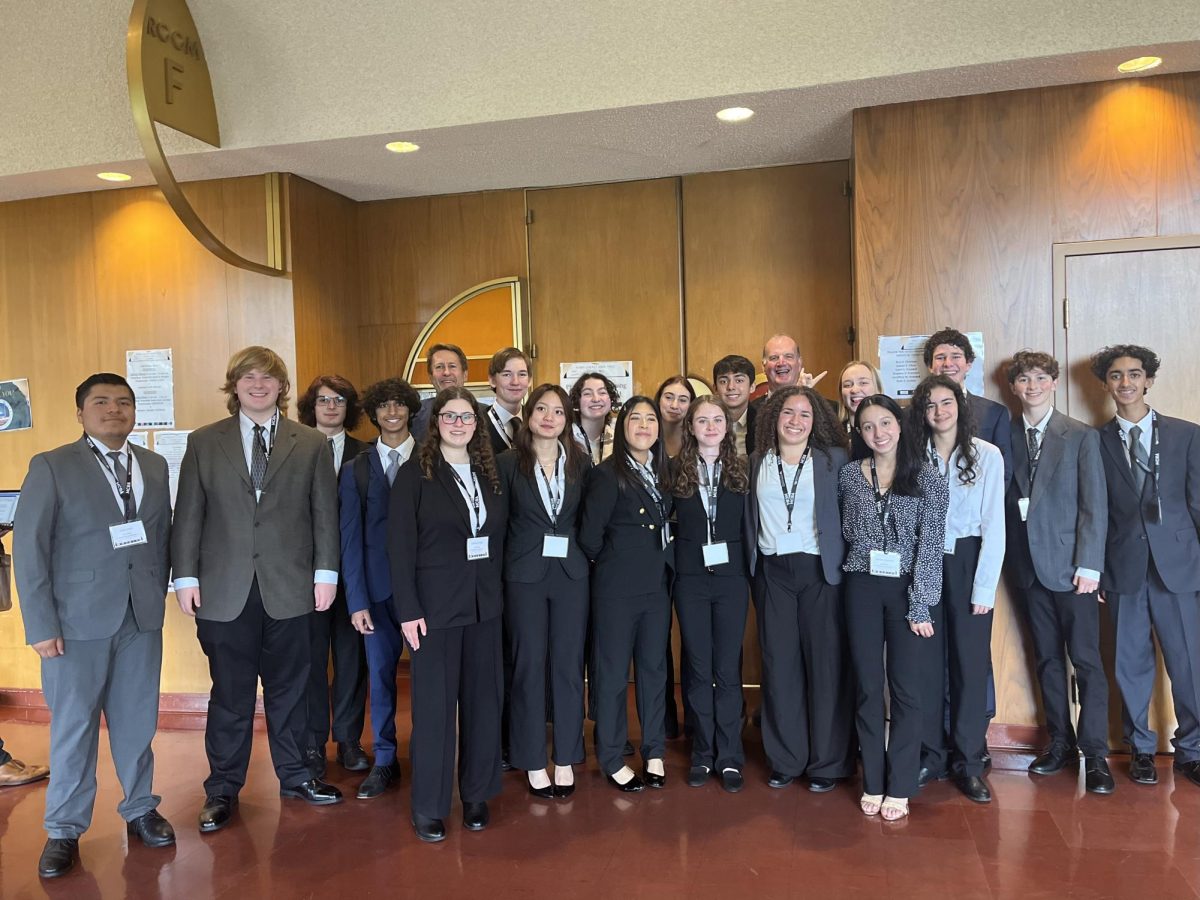

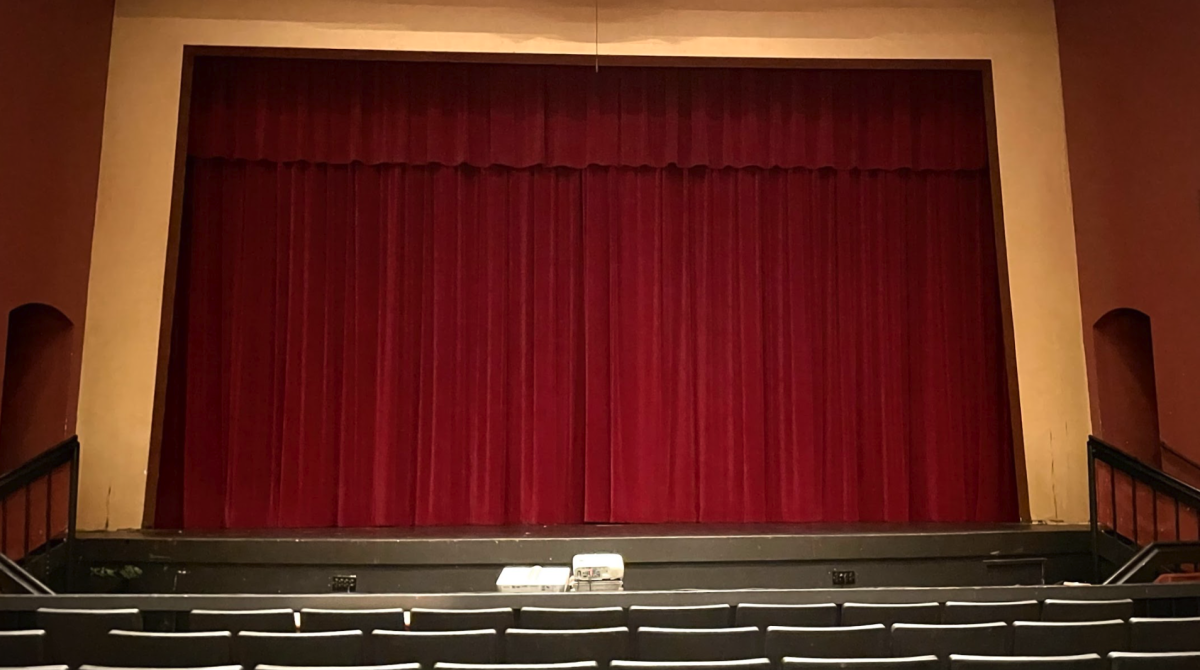
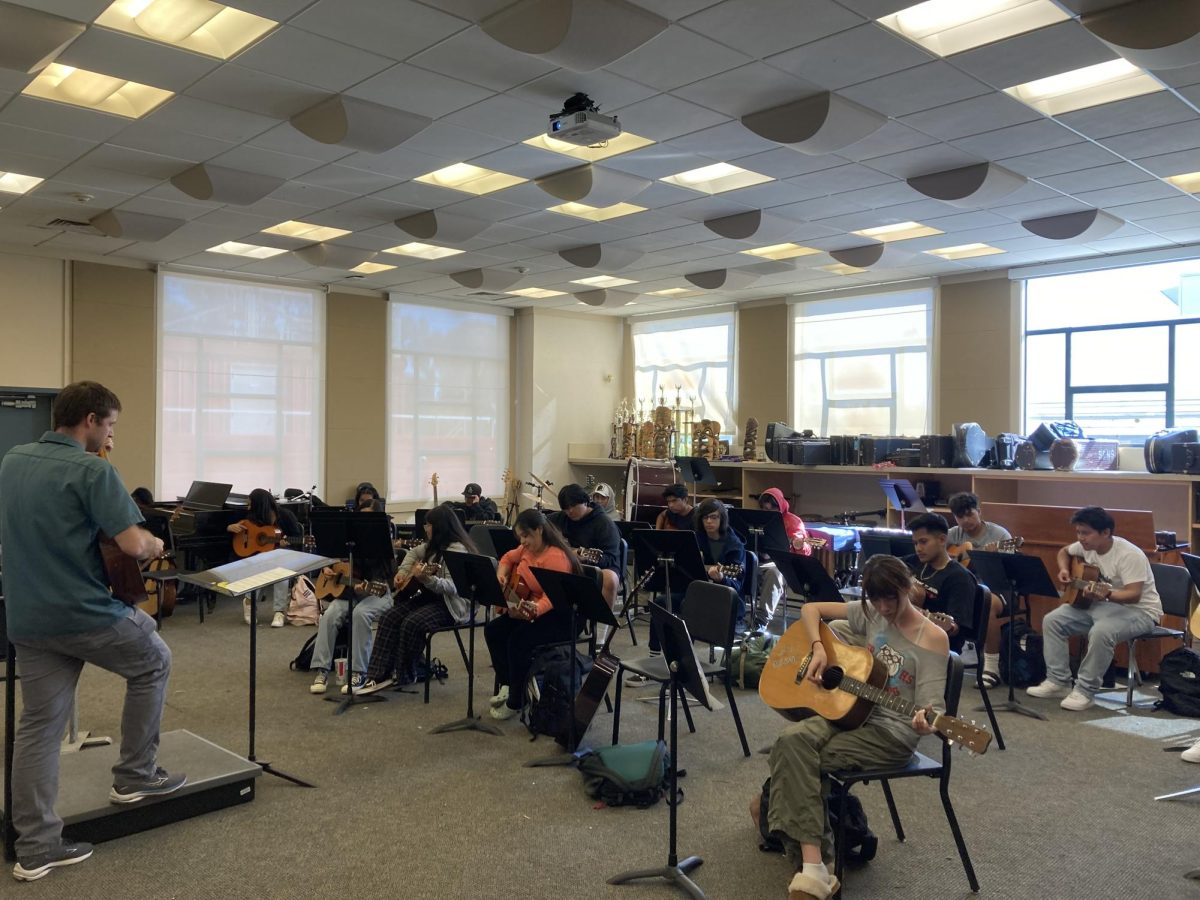
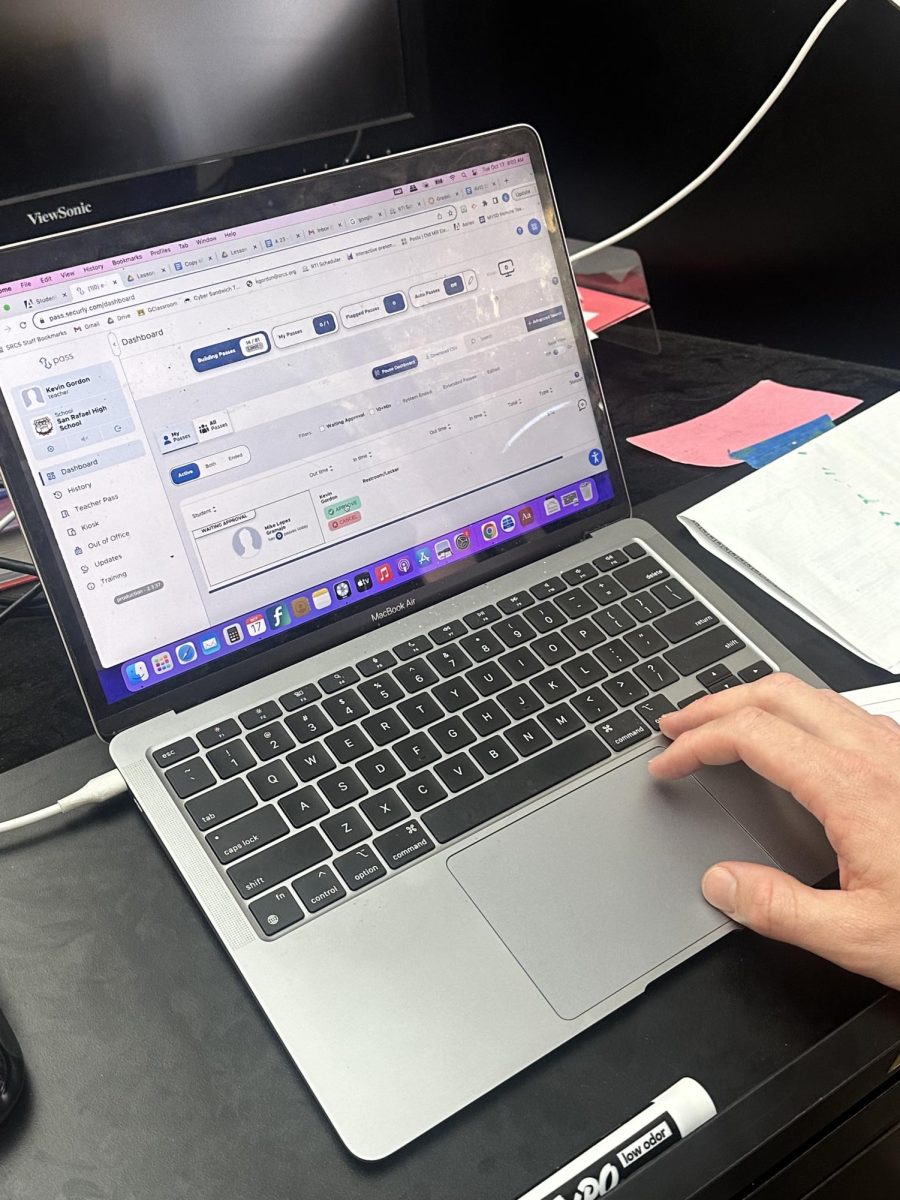


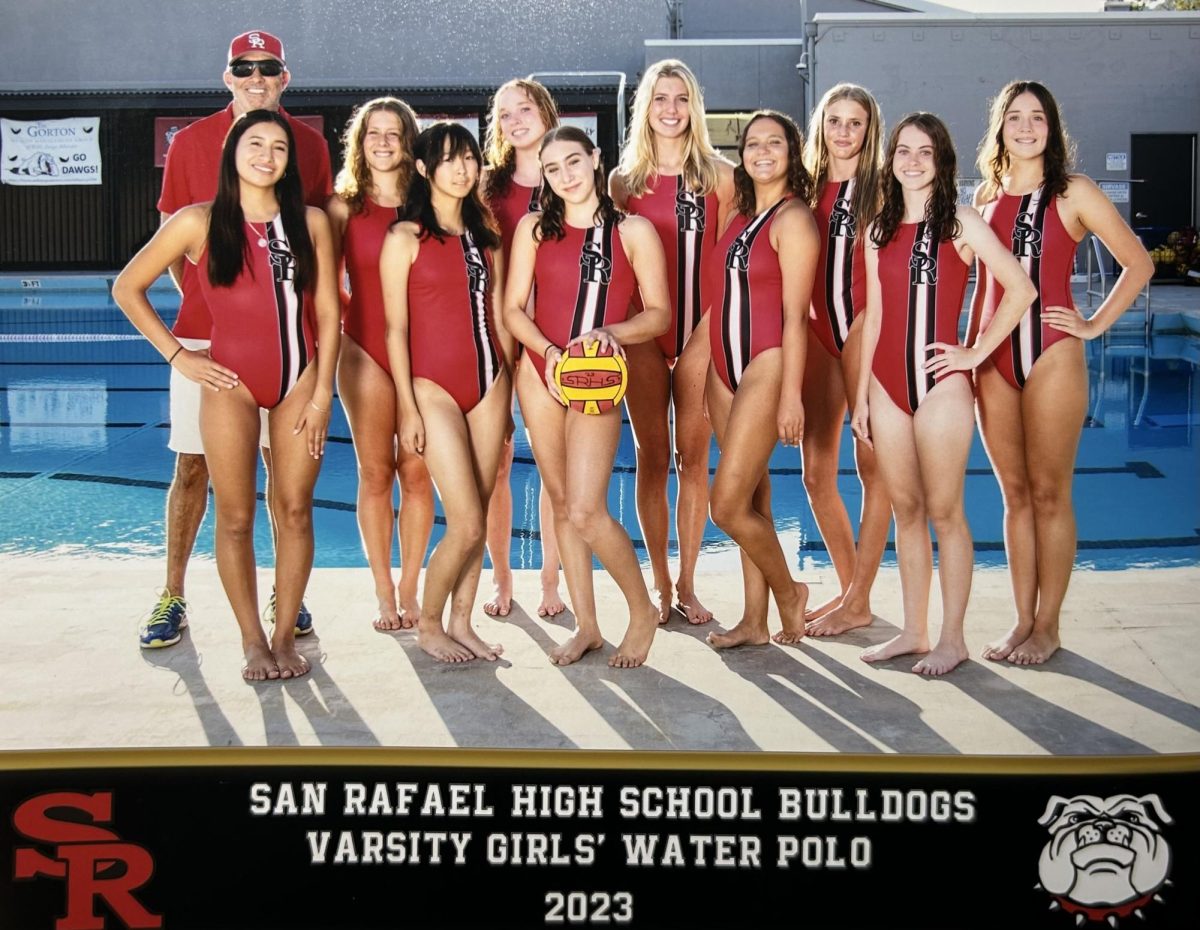
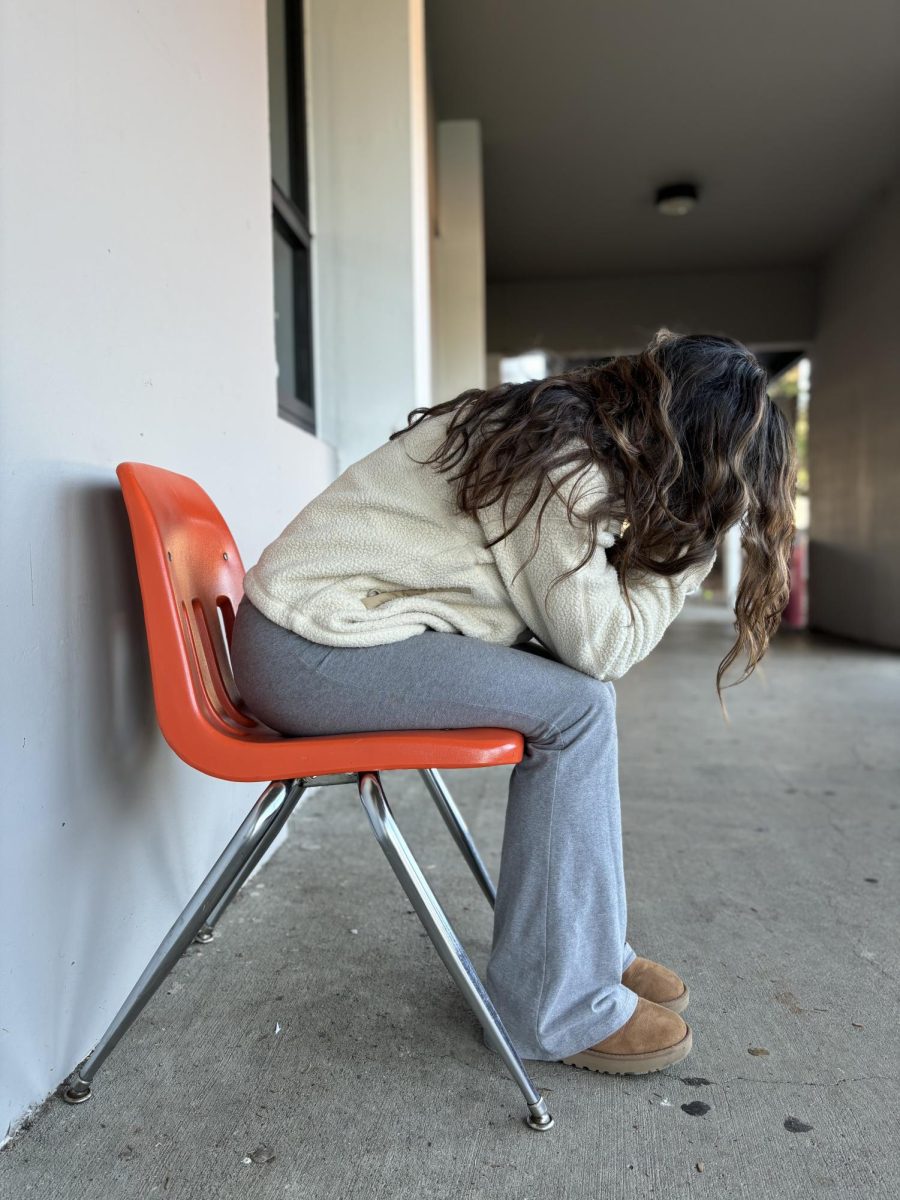


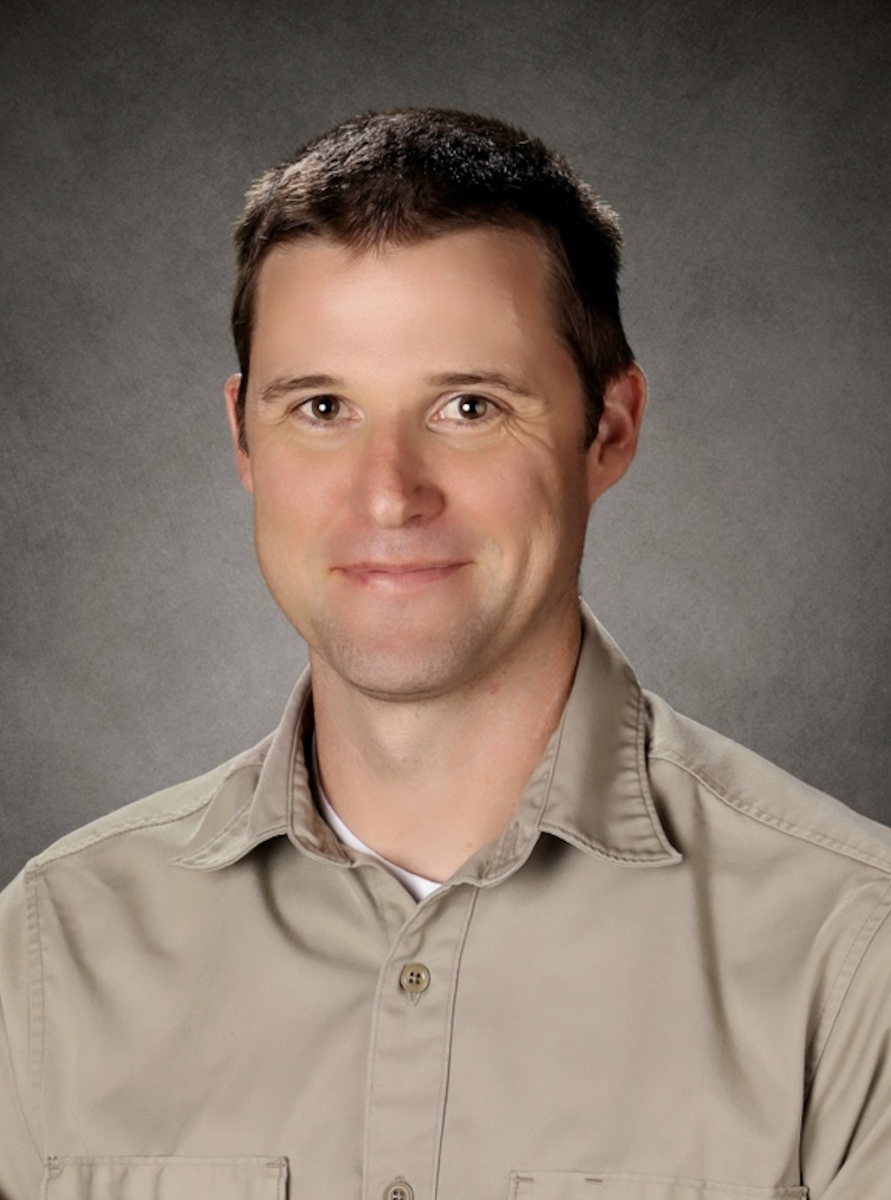
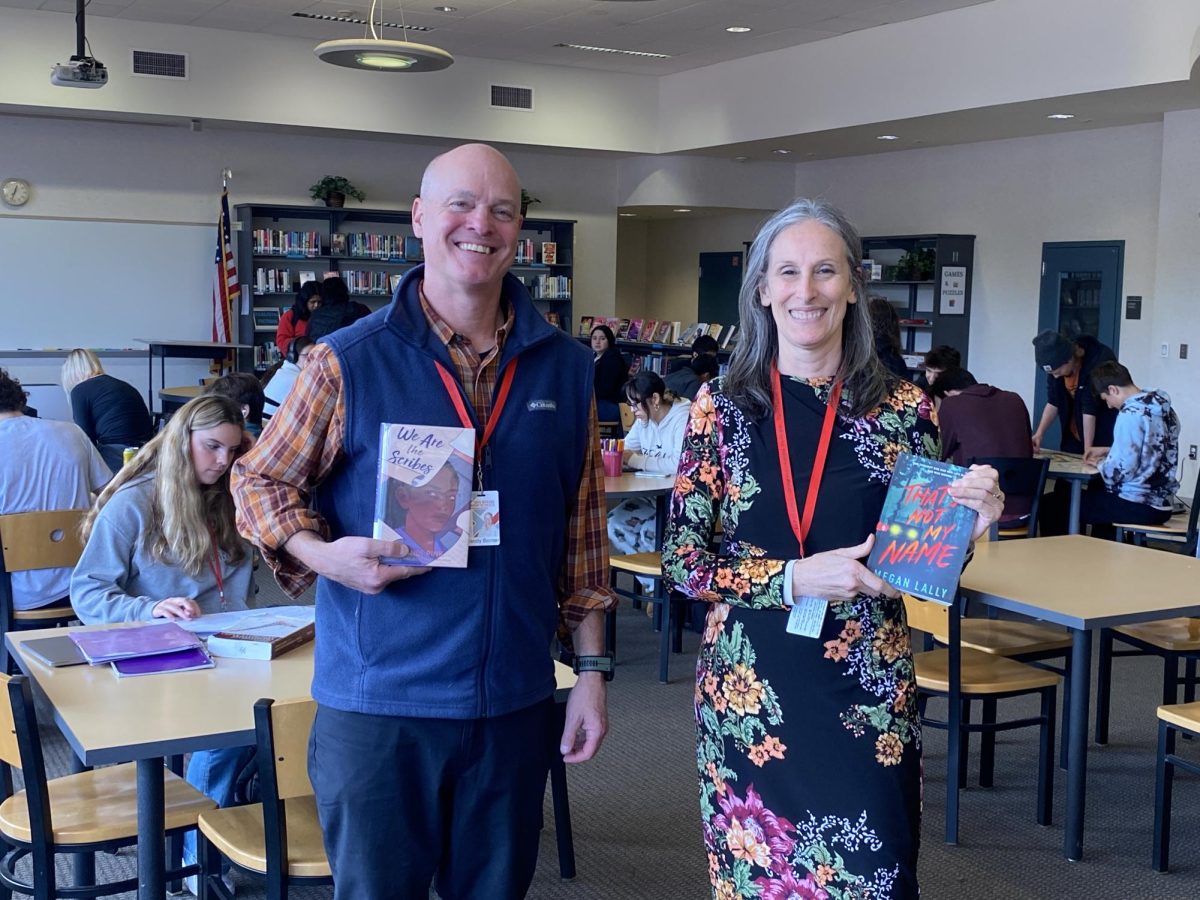


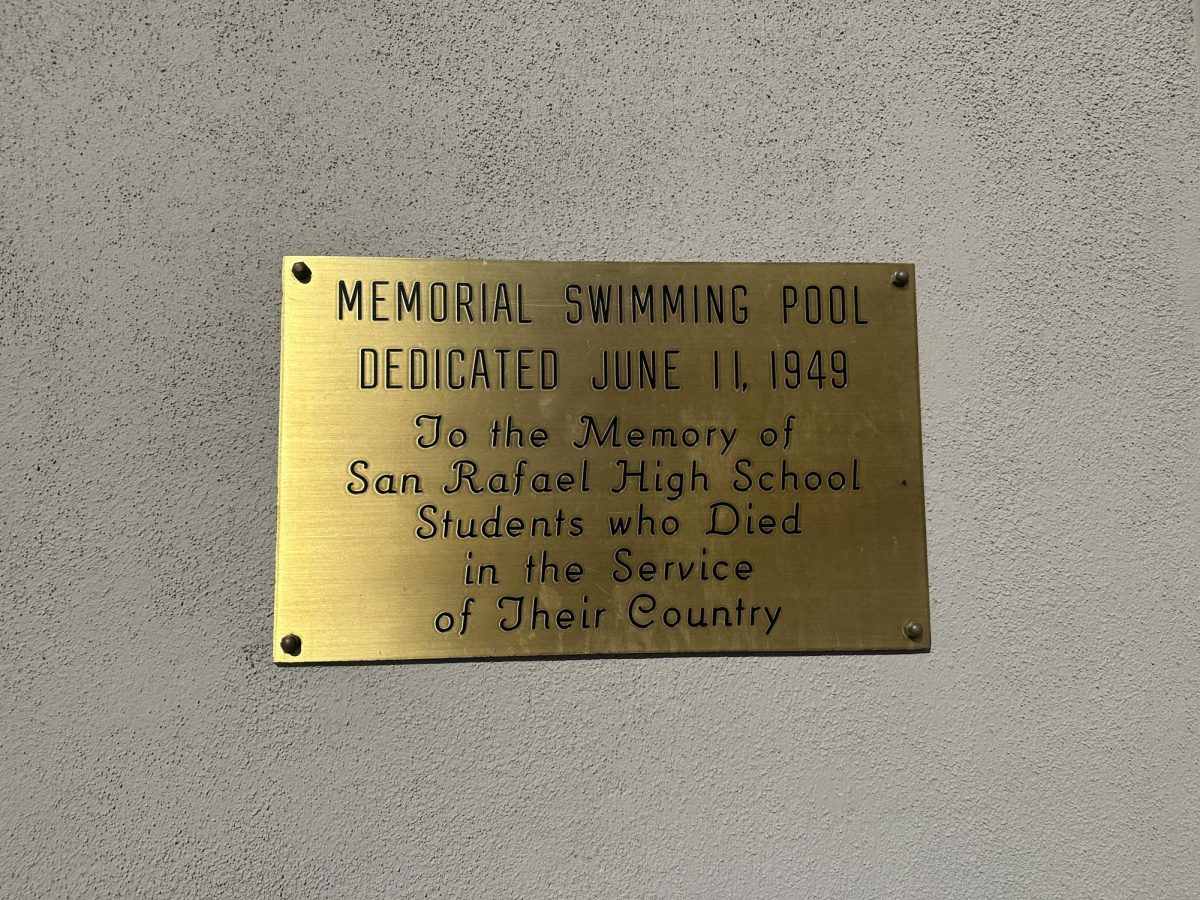
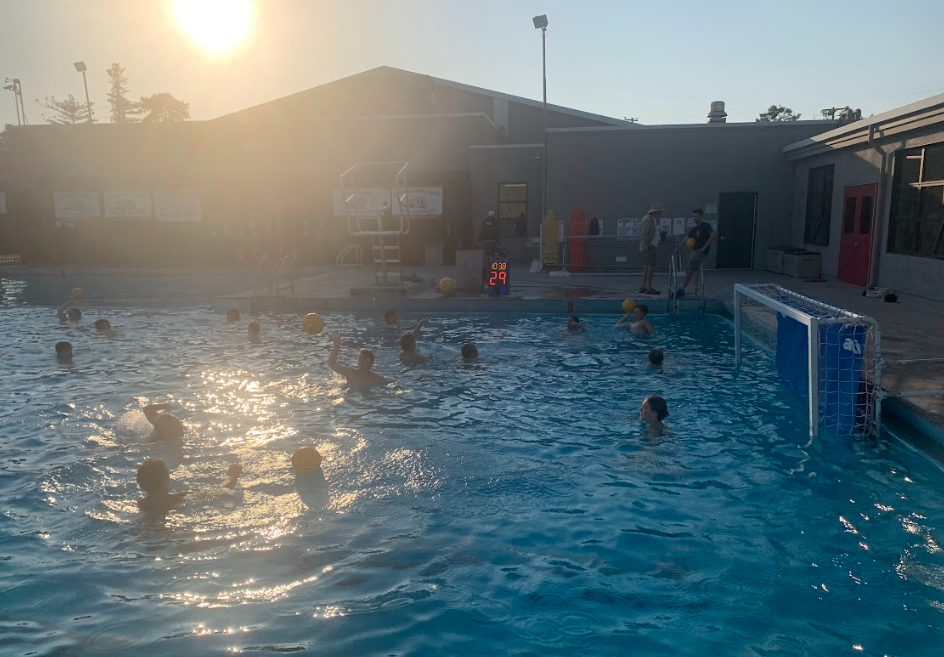
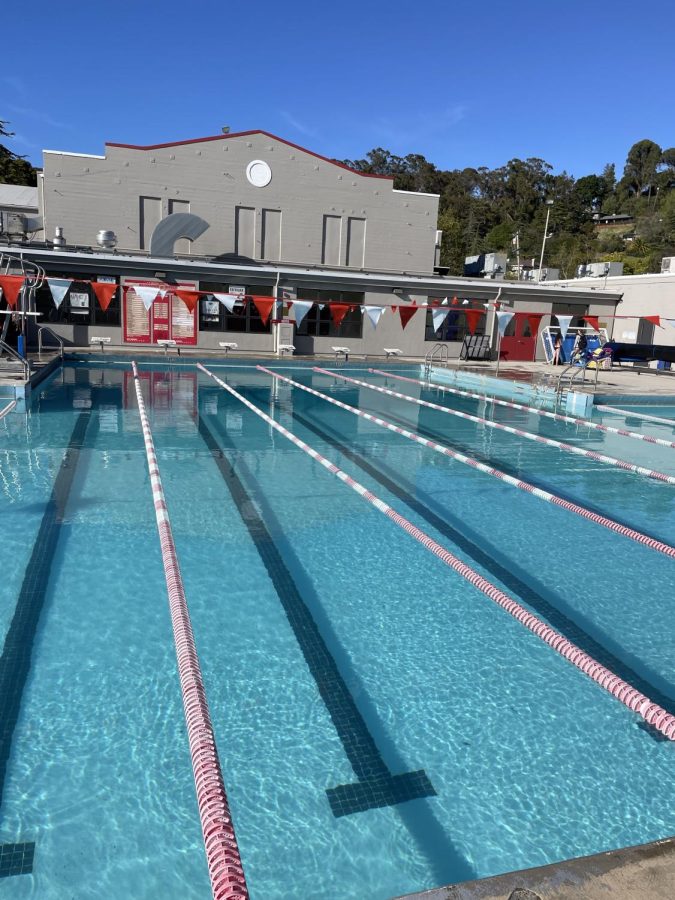
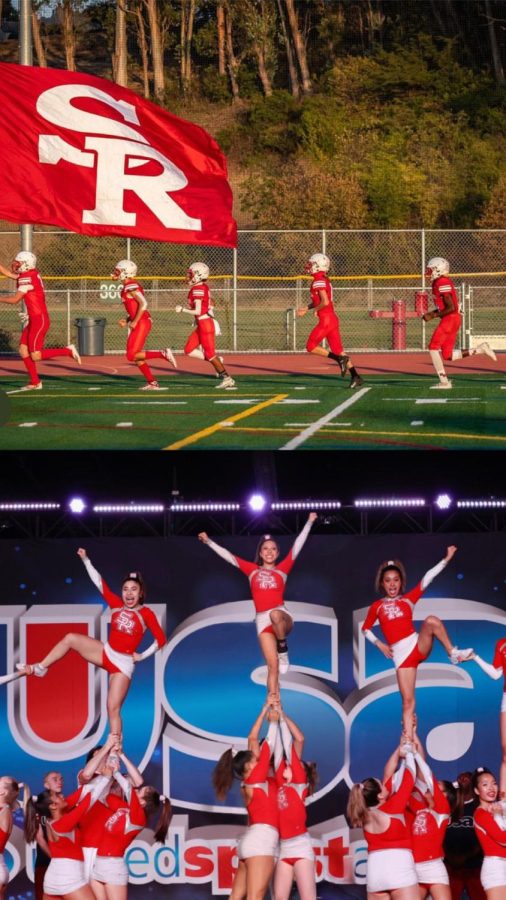
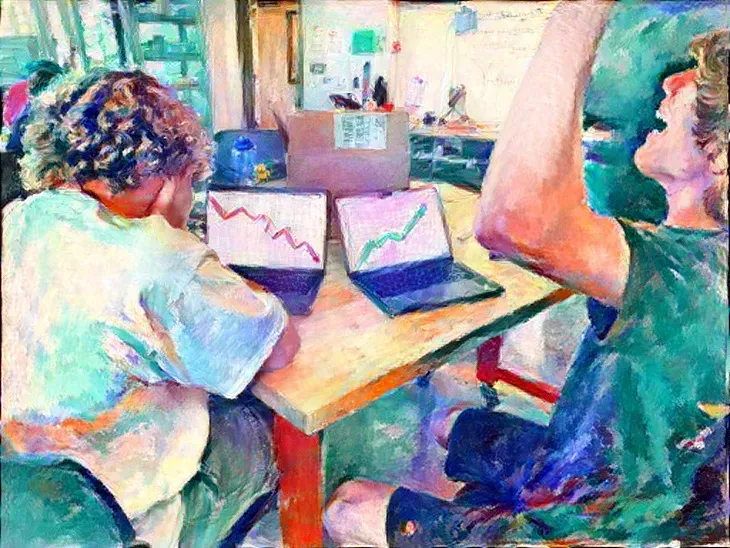
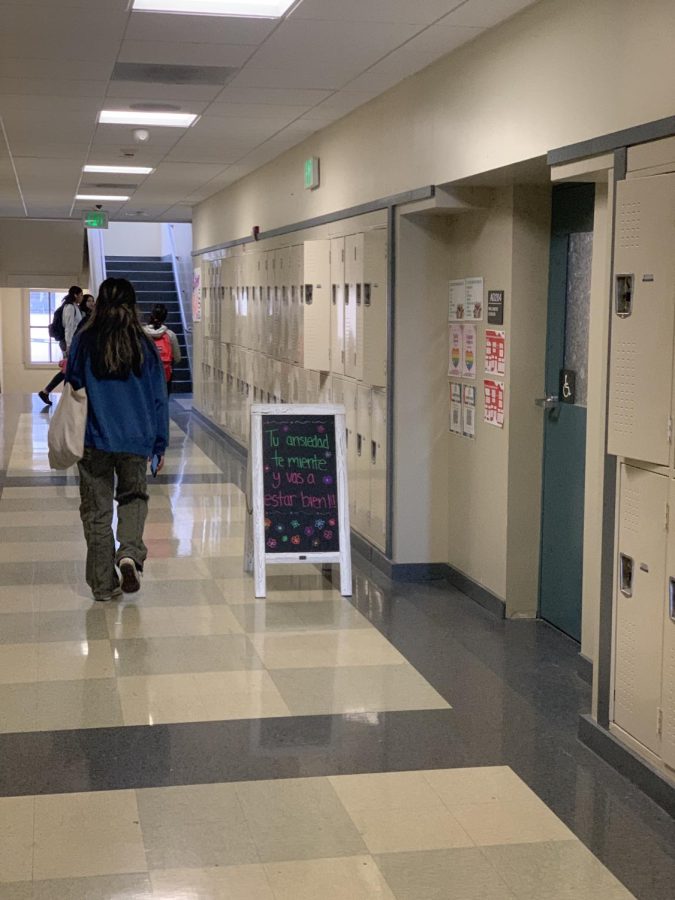
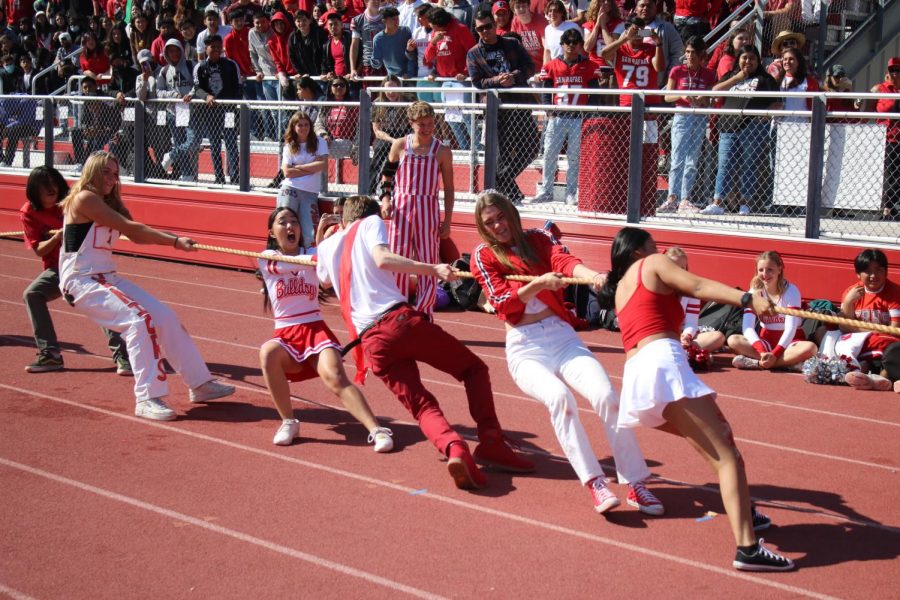

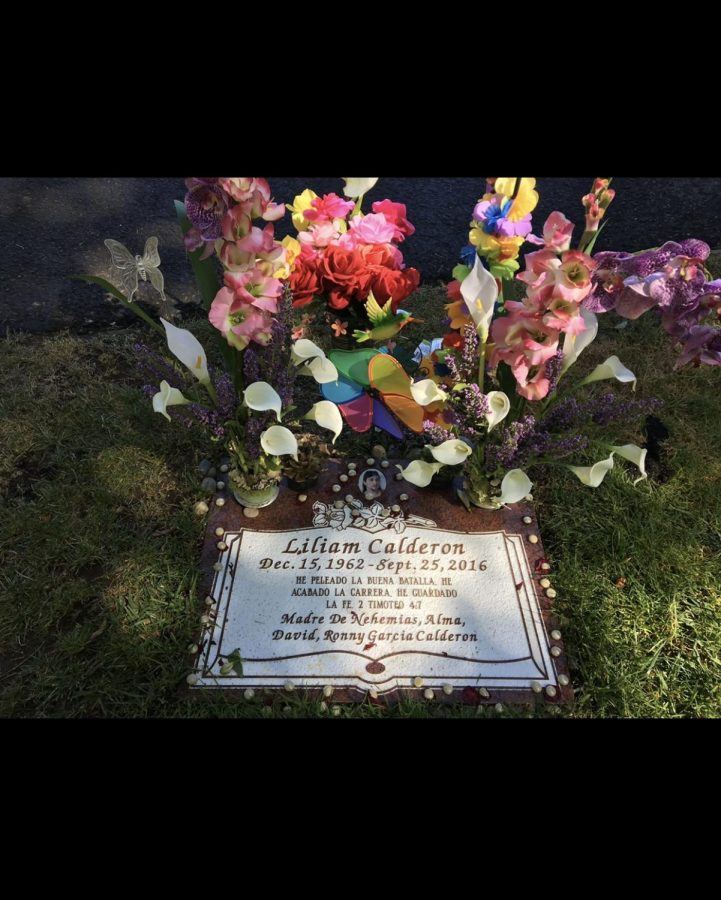
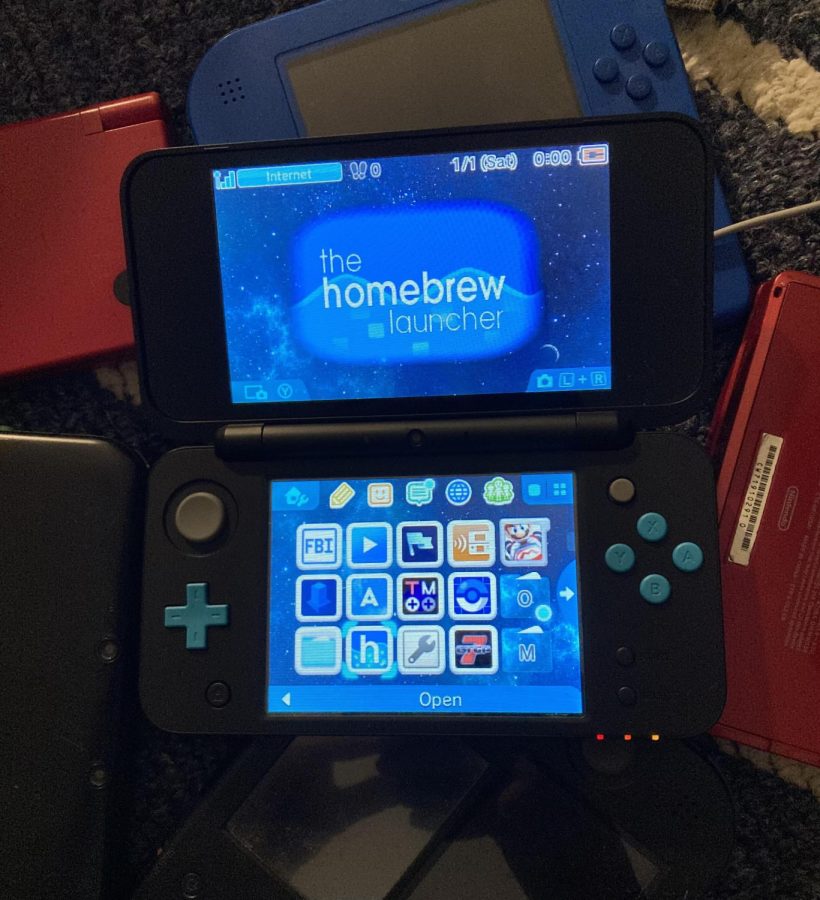
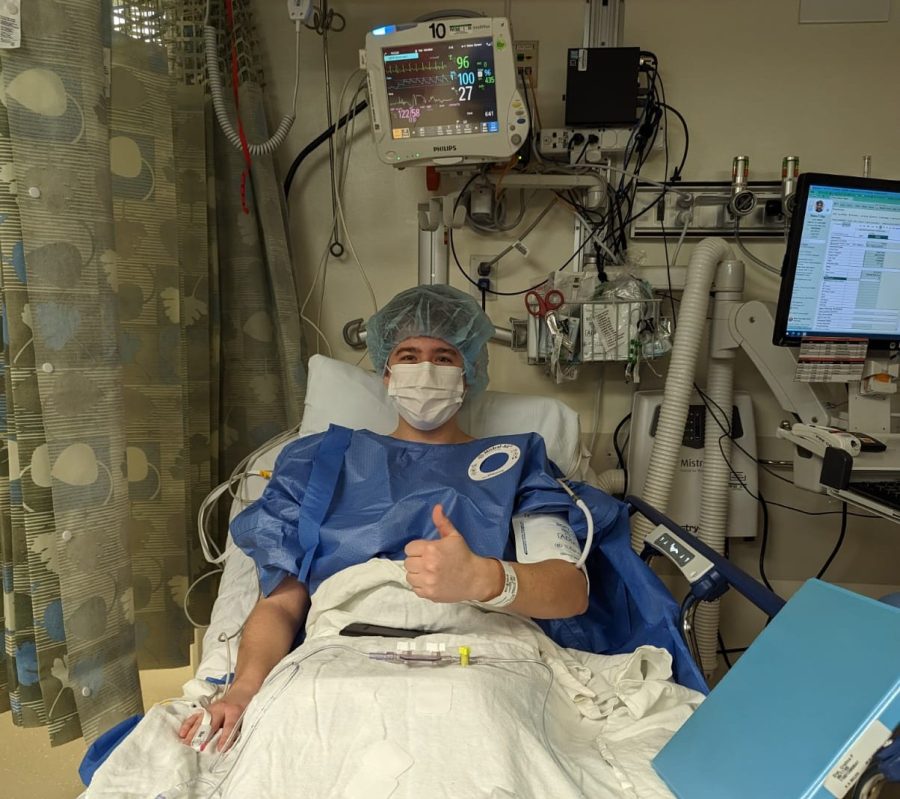
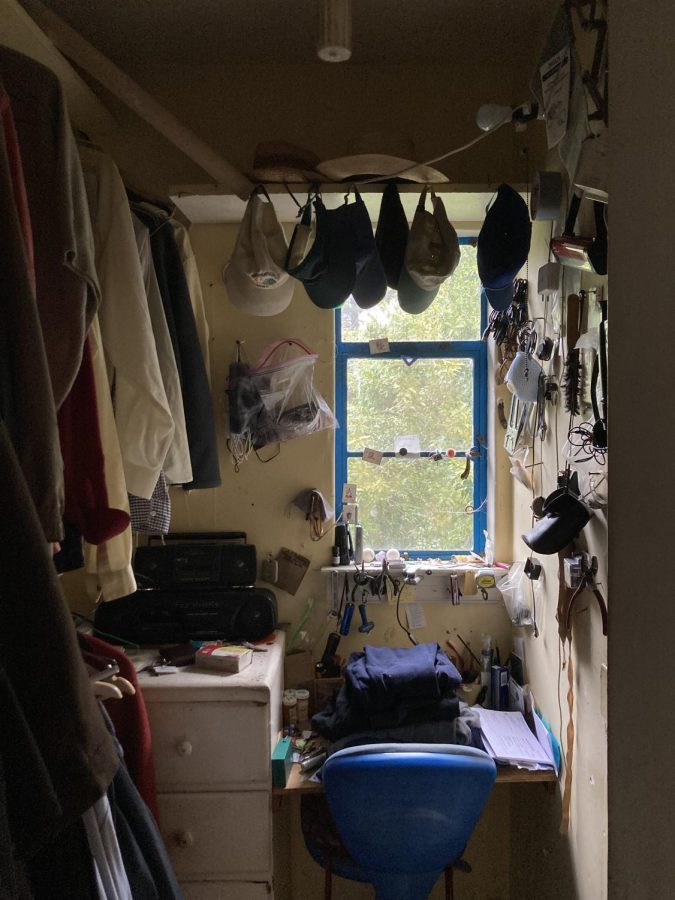






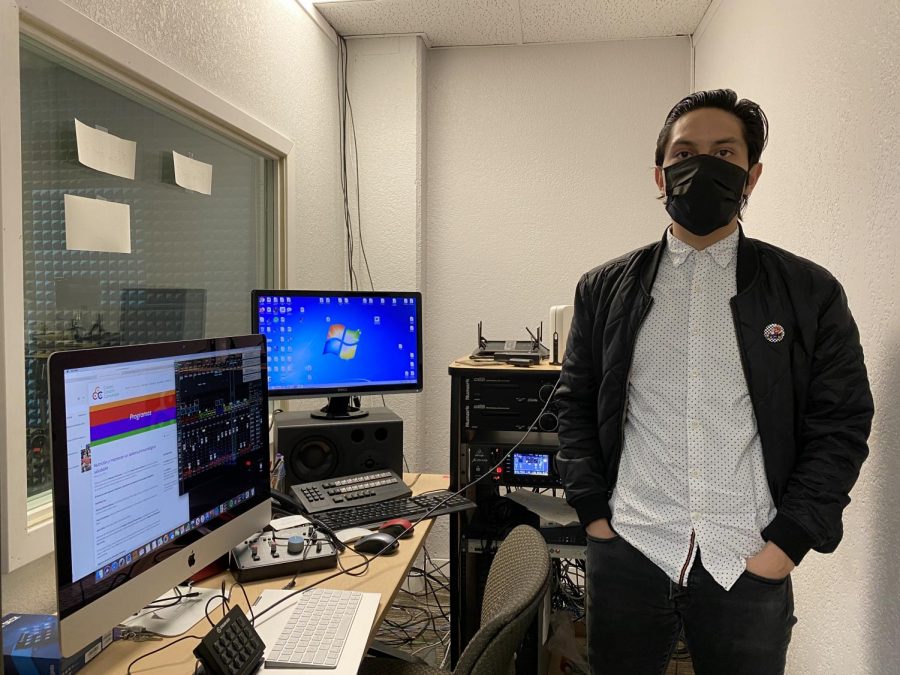

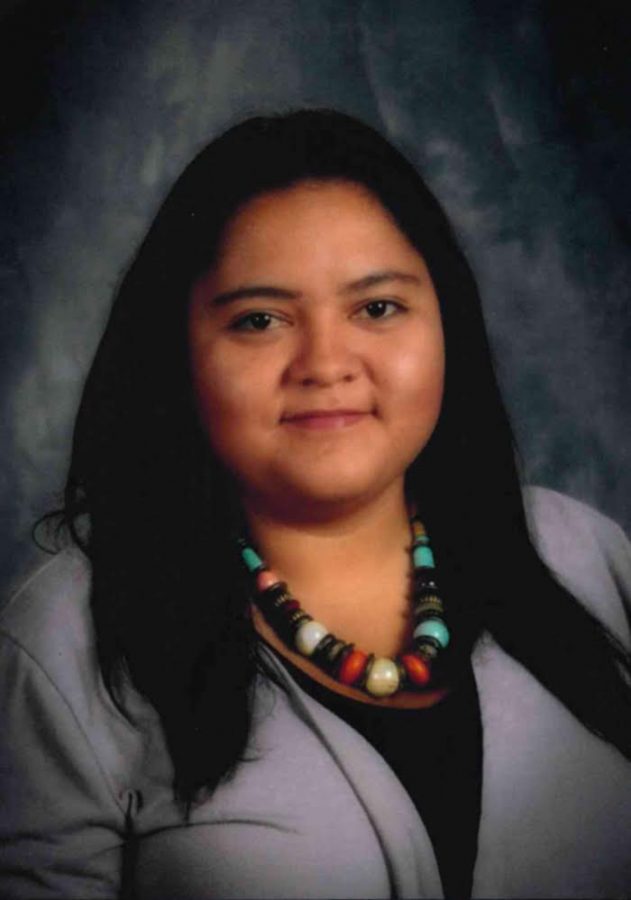
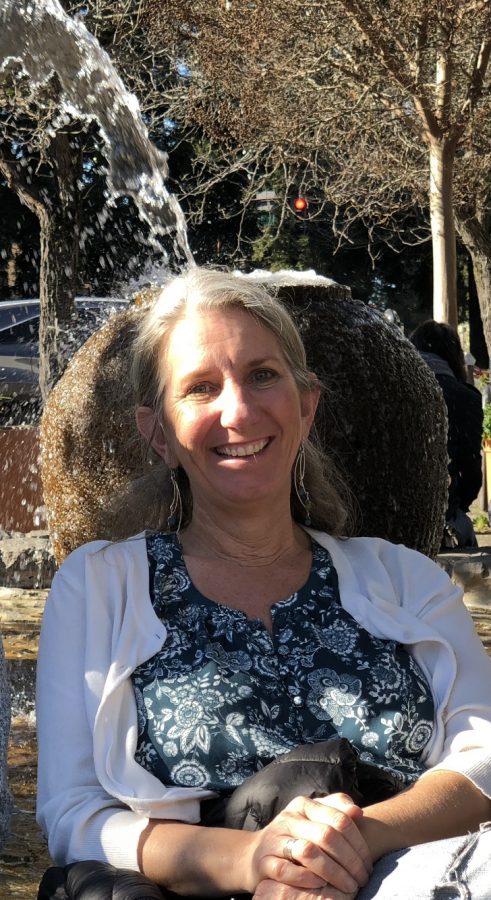
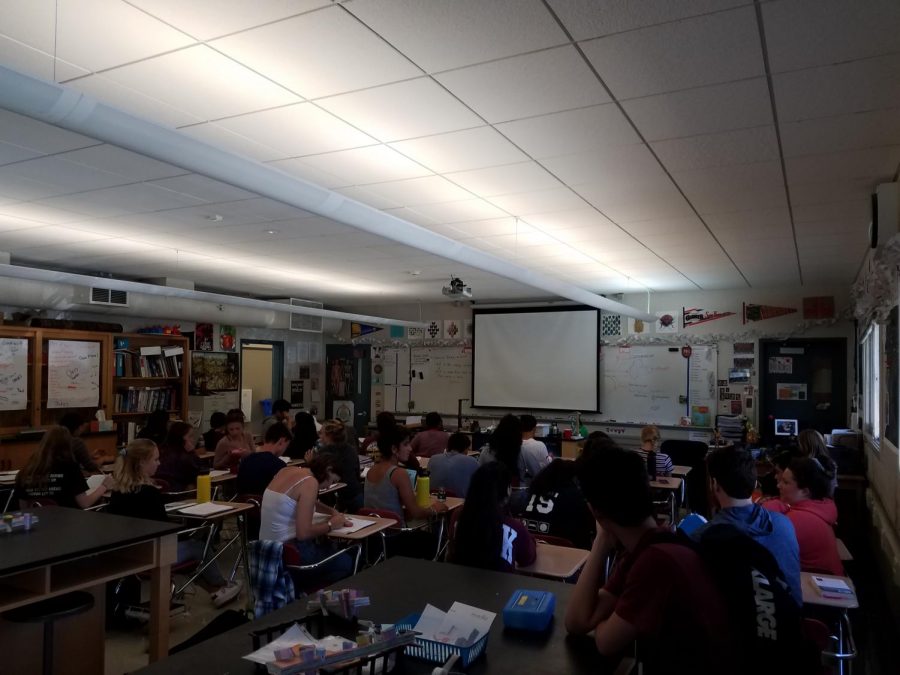
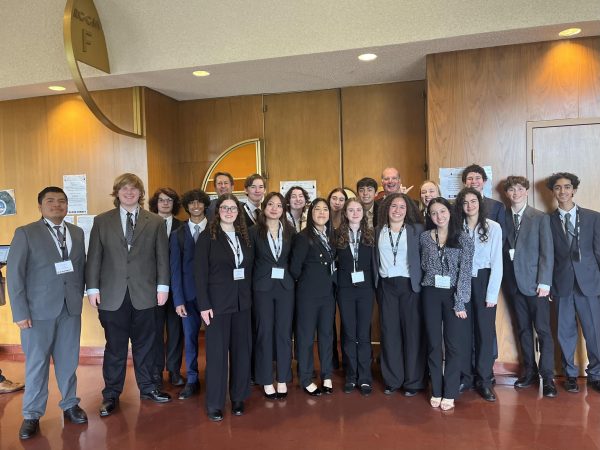

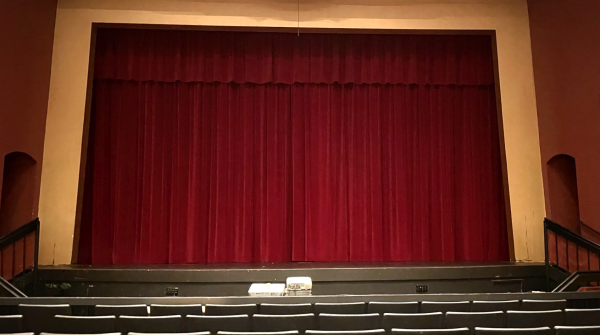
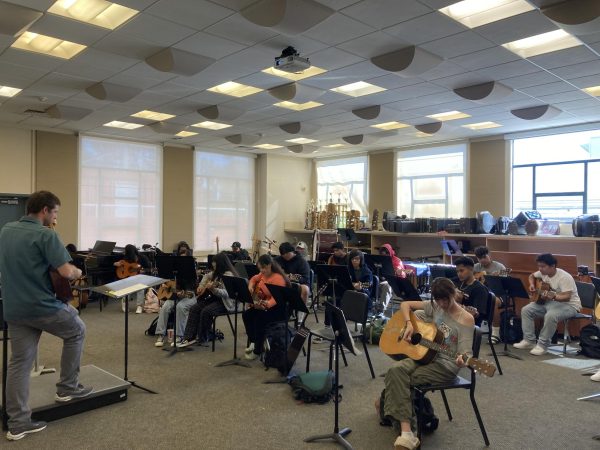
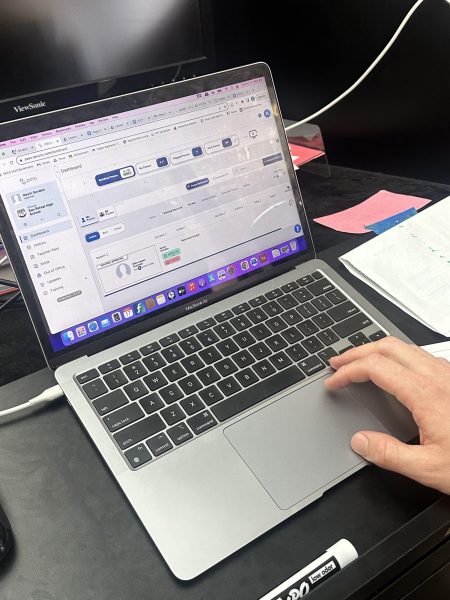
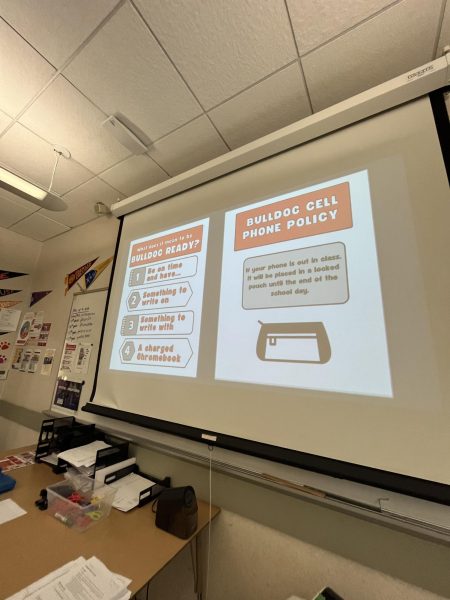
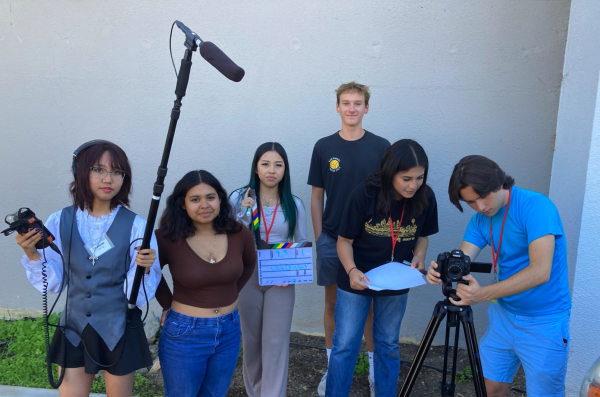
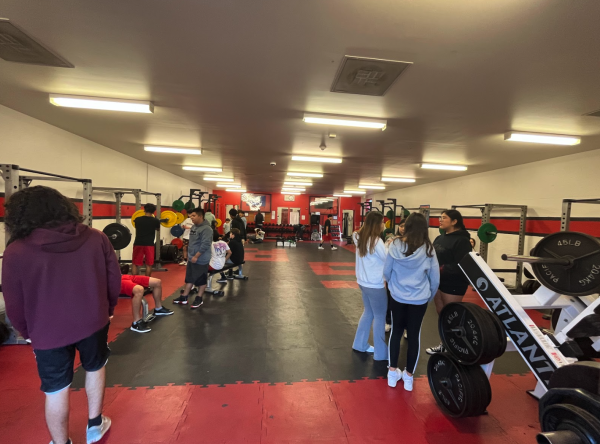
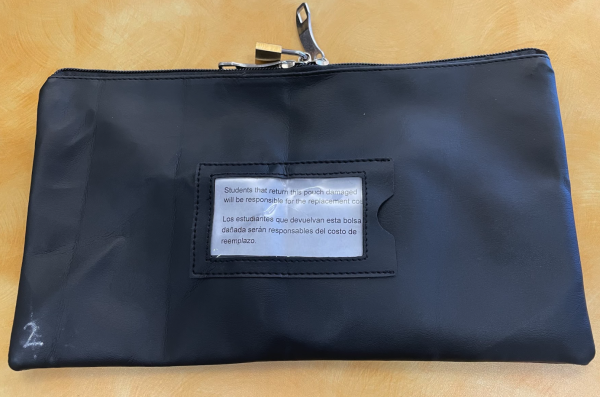
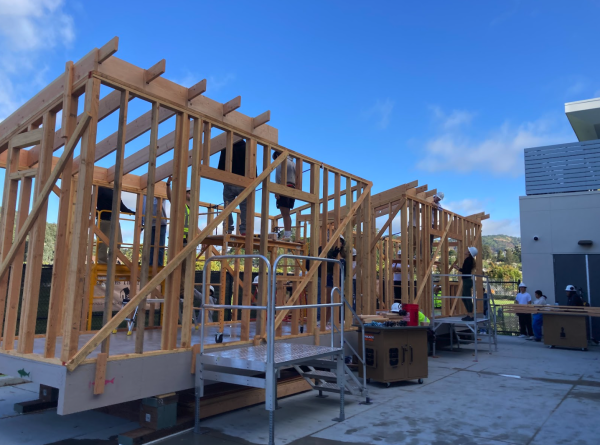
Cori Castro • Nov 29, 2018 at 11:29 am
I am curious how the parcel tax was used improperly?